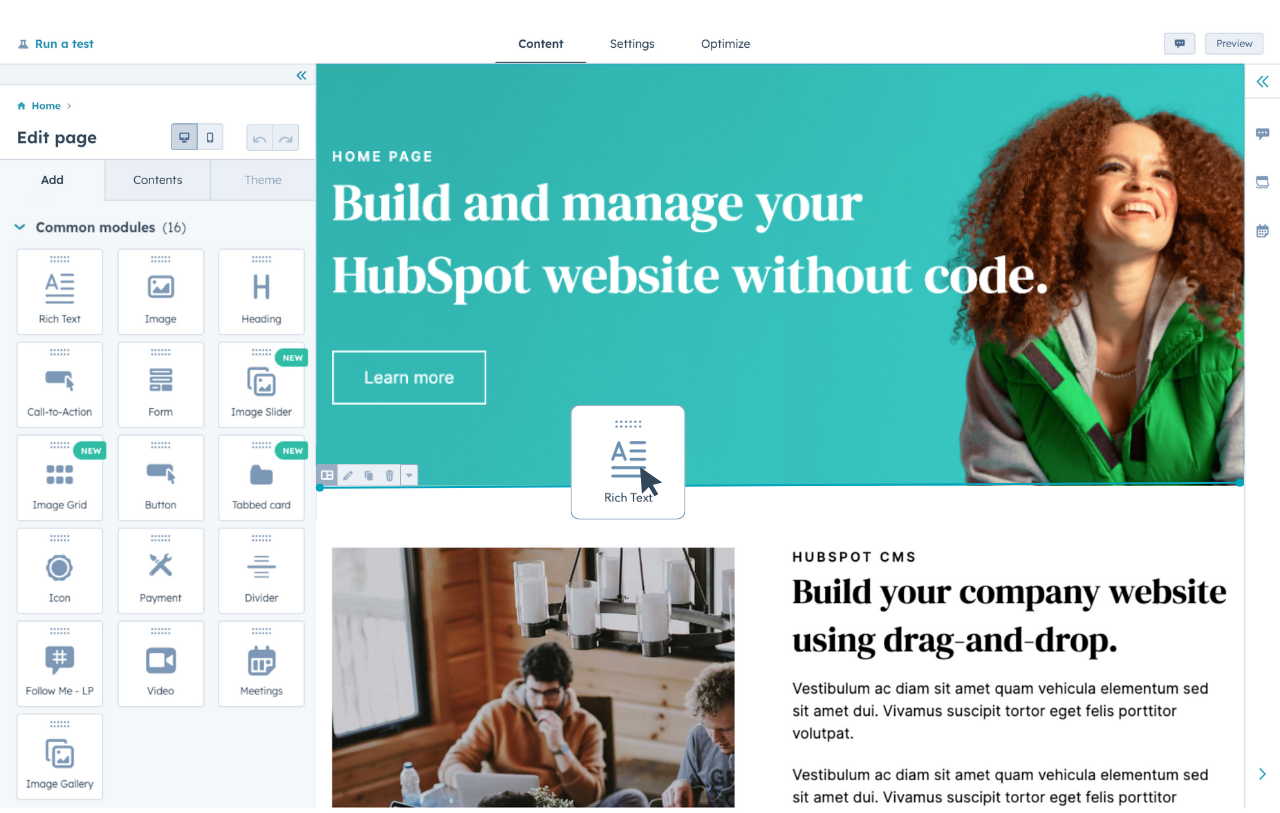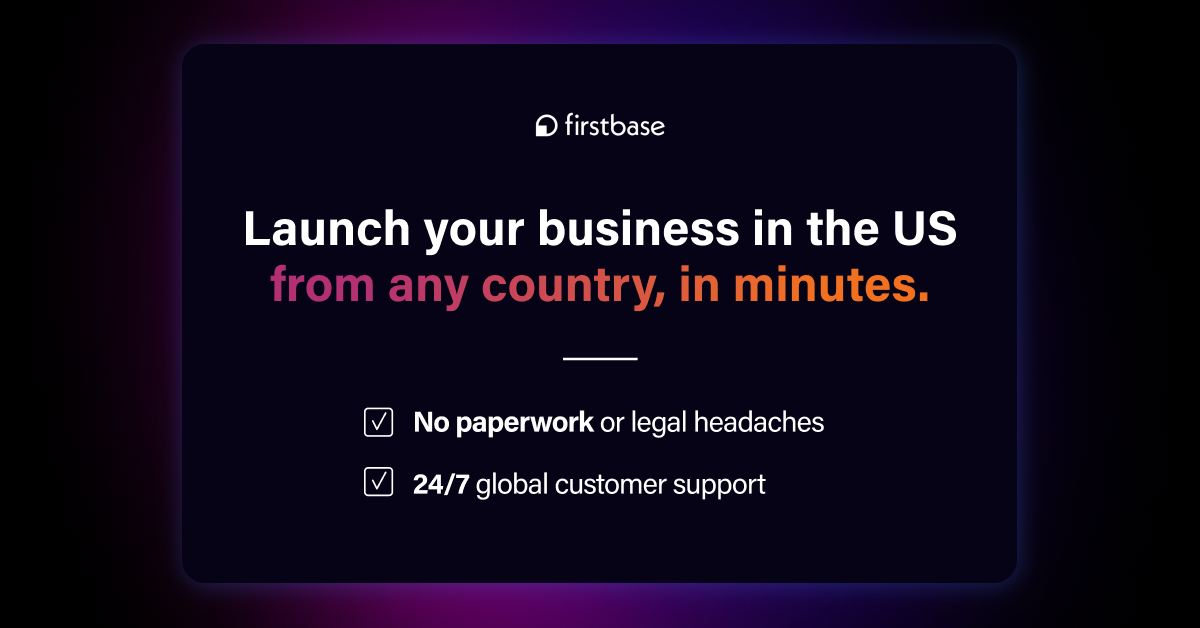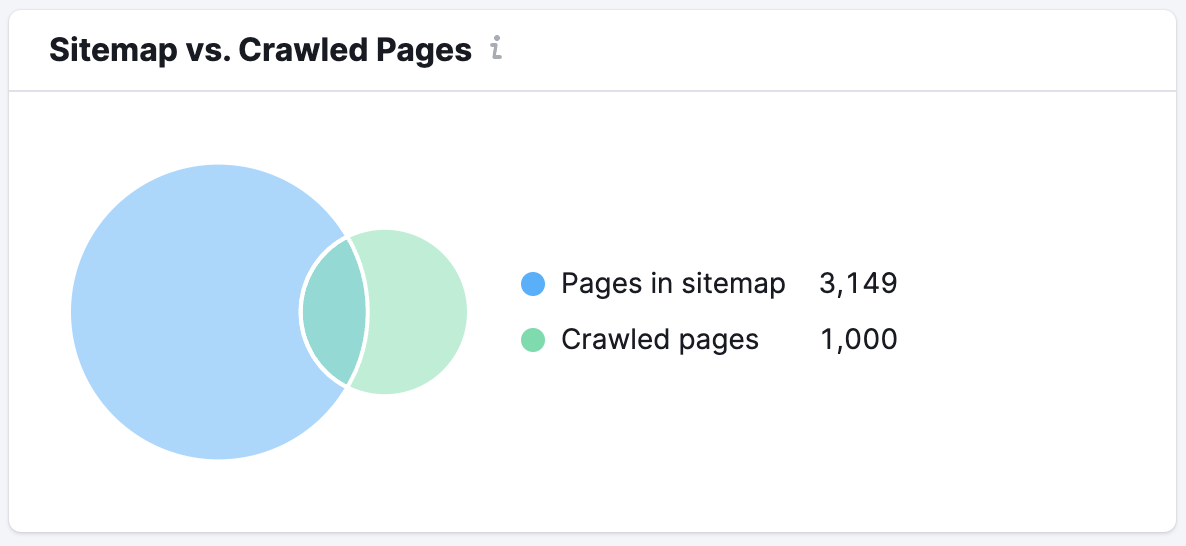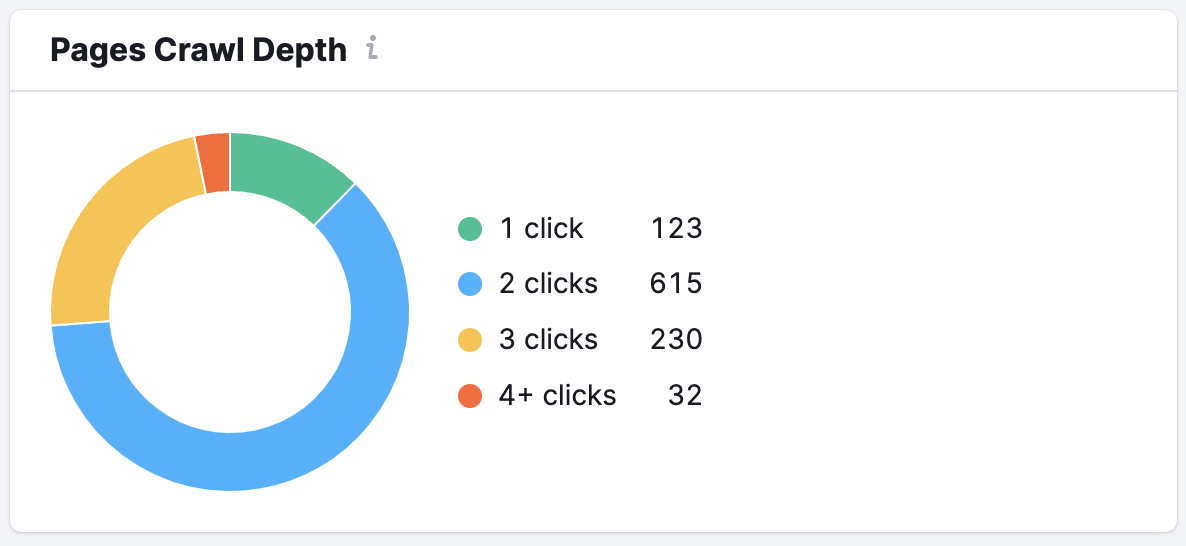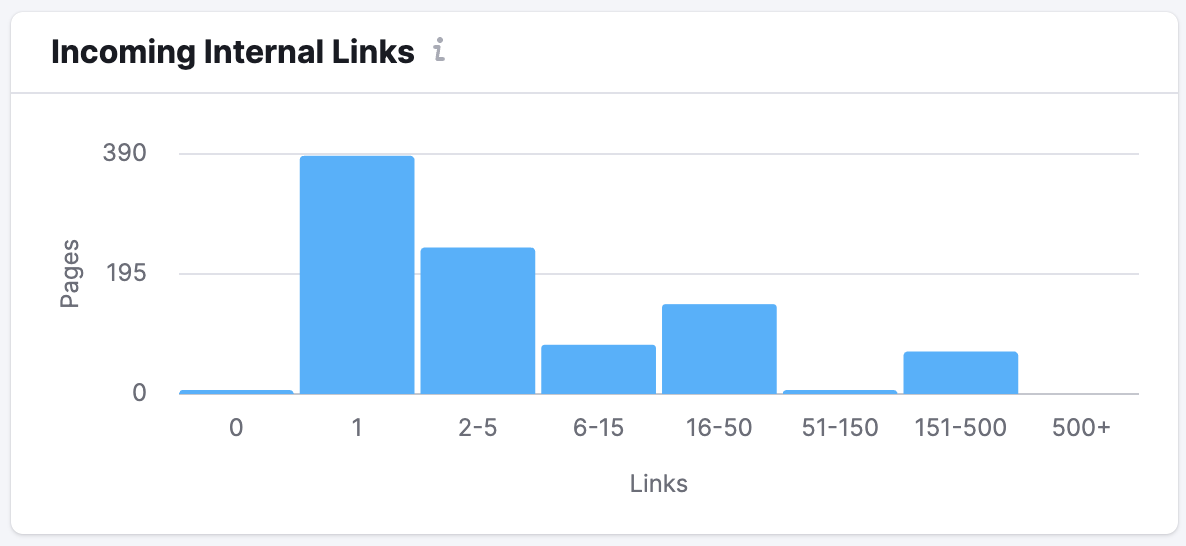There are over 1.1 billion websites worldwide, many of which are business websites. As such, a business’s online presence is paramount in today’s interconnected world. As companies expand and digital interactions become ubiquitous, a robust and effective website serves as the primary gateway for customers, partners, and stakeholders. A poor online presence can be costly, affecting business reputation and the bottom line. This holds true across a multitude of sectors, from retail and e-commerce platforms that rely on seamless shopping experiences to healthcare providers needing accessible information and financial institutions requiring secure portals. Much like a physical storefront demands regular upkeep and modernization to remain inviting and functional, a business website requires consistent evaluation and maintenance. This critical process is known as a website audit. The website audit, essentially, is a comprehensive health check that examines various factors influencing a site’s performance, visibility, and user interaction. Undertaking regular audits is a strategic imperative for sustained digital success.
In this comprehensive guide, we will delve into the importance of conducting regular website audits. We will provide actionable insights and suggested workflows with a step-by-step approach to help you understand the intricacies of website performance and maintenance. Also, we highlight the SEO Toolkit from Semrush, the leading online visibility management player. It’s a comprehensive solution to identify and address key issues uncovered in your website audit. So, whether you’re a small business or a global enterprise, this guide will equip you with the knowledge and solutions needed to navigate the complexities of website management.
Disclosure: At ClearSky 2100 Ventures, our Growth Partner Network partly consists of affiliate partnerships. We may earn a small commission from buying links on our site at no cost to you.
Global B2B e-commerce sales are forecast to reach $36 trillion by 2026, driven by advanced manufacturing, healthcare, energy, and professional business services.
The Value of a Business Website
Global retail e-commerce sales totaled an estimated $6.9 trillion, accounting for 21.9% of all retail sales each year. Global B2B e-commerce is forecast to reach $36 trillion by 2026, driven by advanced manufacturing, healthcare, energy, and professional business services. A business website is crucial in the digital age, acting as a primary gateway for potential customers and partners across all industries. For solopreneurs, it establishes credibility and a direct channel to reach clients globally.
Small to medium businesses leverage websites to
- Expand their market reach
- Showcase products or services
- Build brand recognition
Large global enterprises utilize sophisticated websites for
- Comprehensive customer engagement
- E-commerce
- Information dissemination
- Managing global operations
Regardless of size, a website is a fundamental tool for communication, marketing, and facilitating business interactions in today’s interconnected world.
Understanding Website Audits and Their Relevance
The digital landscape is dynamic, constantly shifting with new technologies, e.g., artificial intelligence, search engine algorithm updates, and evolving user behaviors. To remain relevant and competitive, businesses must adapt continuously. In this regard, website audits play a crucial role in this ongoing process of adaptation and optimization.
What is a Website Audit?
A website audit is an in-depth analysis designed to scrutinize every facet of a website’s performance and structure. It delves into technical infrastructure, evaluates search engine optimization (SEO) elements, and assesses the quality and relevance of content. This comprehensive examination provides a holistic view of the site’s overall health and effectiveness in achieving business objectives.
Building a well-structured process to conduct the audit ensures a smooth process, enabling teams to uncover any weaknesses and rapidly solve challenges.
Internet Users Worldwide (April 2025)
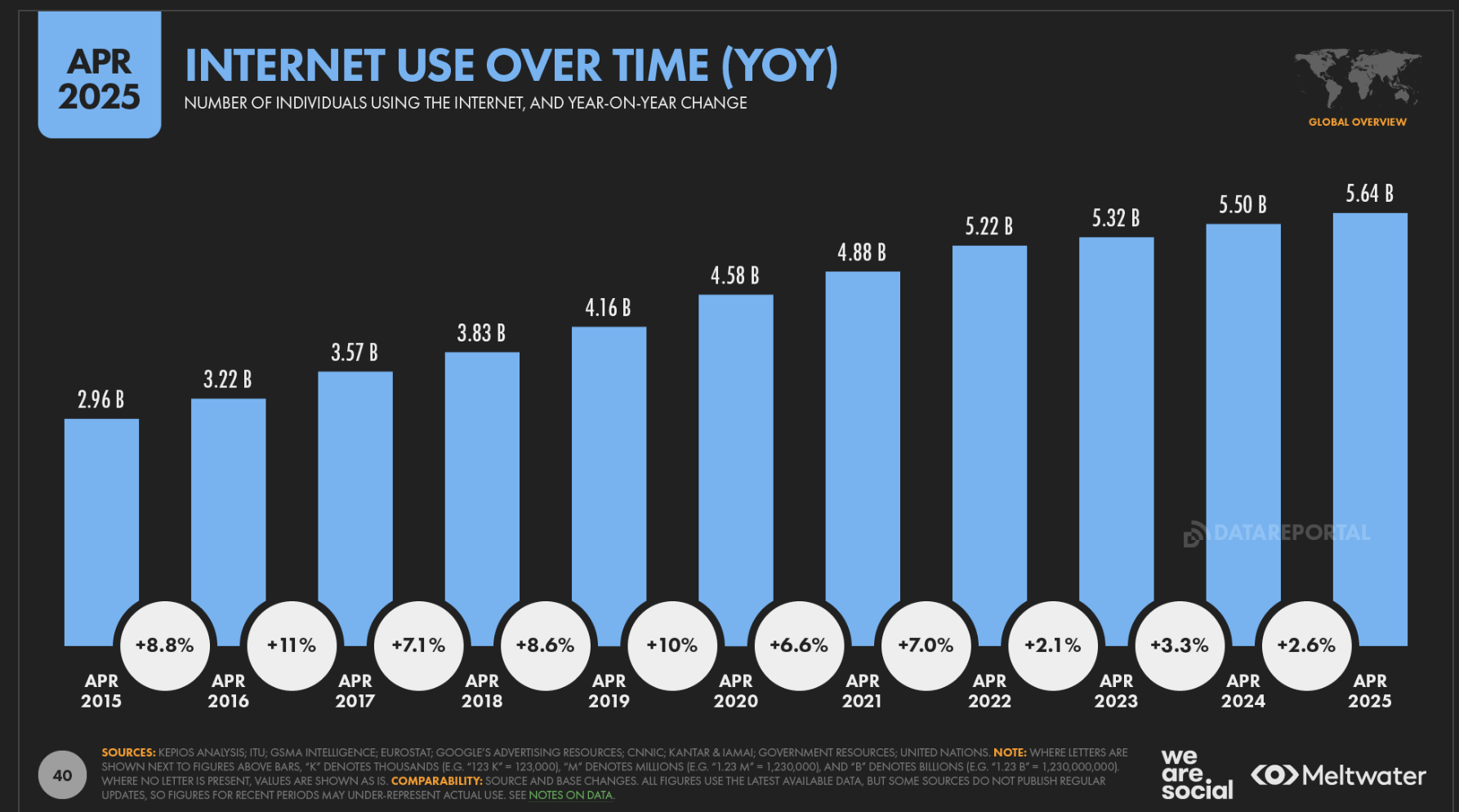
The audit process follow a typical path
- A technical review: This includes server configurations, hosting performance, and critical page load speeds. This ensures a stable and reliable foundation for the user experience.
- Analysis of on-page elements: This involves the evaluation of keyword usage, the effectiveness of meta titles and descriptions, and the structure of internal linking. These factors significantly influence how search engines understand and rank the site.
- Content audits: This activity assesses the relevance, engagement, and freshness of the site’s textual and visual content. This represents recognizing that high-quality, engaging material is vital for attracting and retaining audience interest and plays a key role in effective SEO strategies.
Data breaches from phishing attacks cost companies an average of $4.88 million
By understanding and analyzing each of these interconnected elements of the website audits, marketing and IT teams gain comprehensive insights into a website’s performance. This is essential to ensure proper functionality and effectiveness within the given sector.
Why Regular Website Audits are Essential
The constantly evolving digital landscape makes regular website audits absolutely crucial for maintaining a strong online presence. These audits help businesses remain agile and responsive to changes in technology, search engine algorithms, and shifting user behavior.
Key reasons why regular website audits are essential include
Site Performance and User Satisfaction
Firstly, regular audits are instrumental in identifying and addressing technical glitches that can negatively impact site performance and user satisfaction; resolving issues like slow loading times or broken links ensures a faster, more reliable site that encourages visitors to stay longer and engage more deeply.
Ensuring Relevant Content
Secondly, audits are vital for keeping website content fresh, relevant, and engaging; regular checks help in identifying outdated or irrelevant information, allowing for timely updates that sustain visitor interest and support current marketing goals. Audits also play a critical role in ensuring compliance with the latest SEO guidelines, which is absolutely necessary for maintaining or improving search engine rankings. This is critical, especially as major search engines like Google frequently update their algorithms.
Identifying Website Security Risks
Furthermore, a regular audit can uncover potential security risks, such as vulnerabilities in software or configurations, allowing businesses to address these issues proactively and enhance protection against cyber threats, which is vital for safeguarding sensitive user data and maintaining trust.
In essence, regular website audits are an essential part of a robust business strategy. Investing in the audit pays significant dividends in long-term digital success and brand reputation.
Key Areas of a Comprehensive Website Audit
A thorough website audit involves a systematic examination of multiple interconnected areas to ensure optimal performance, visibility, and user satisfaction. Each component plays a vital role in the overall health and effectiveness of your online presence.
For websites with an average of 1 million visitors, a 1-second drop in load speed costs businesses between $3,000 and $9,000, depending on the industry.
Technical SEO Considerations
Technical SEO forms the fundamental backbone of an efficient and discoverable website. It focuses on the backend elements and configurations that directly impact how search engines crawl, index, and rank your site, as well as influencing user experience.
A critical starting point is reviewing your site’s page load speed, as fast-loading sites significantly enhance user experience and are favored by search engines; utilizing tools like Google PageSpeed Insights provides accurate measurements and actionable recommendations.
Mobile responsiveness is another paramount consideration, given the increasing number of users accessing the web via smartphones and tablets; ensuring your site offers a seamless and functional experience across all devices is key to retaining mobile visitors and achieving higher mobile search rankings.
Customer Journey Map

The structure of your URLs is also a critical aspect; clean, descriptive, and user-friendly URLs not only improve readability for visitors but also signal relevance to search engines, aiding in accurate content indexing. Additionally, it is essential to check for crawl errors and broken links, as these issues can hinder search engines from efficiently navigating and indexing your site, potentially impacting your visibility; regular checks ensure smooth site operations and better crawlability.
Lastly, evaluating your site’s XML sitemap and robots.txt file is crucial, as these files guide search engines in navigating your site effectively; proper configuration enhances crawlability and ensures that important pages are discovered and indexed.
On-Page SEO Factors
On-page SEO is vital for optimizing the content and HTML source code of individual pages to improve search engine rankings and attract relevant traffic. It involves strategically incorporating elements directly on your website to enhance its visibility and appeal.
A central role is played by keywords; begin by identifying target keywords that are relevant to your content and audience, and then naturally integrate them into your page titles, headings, and body text to boost relevancy for search engine results. Keywords should be incorporated into title tags and meta descriptions, as these snippets appear in search results. They should be compelling, accurately summarize the page content, and include primary keywords to impact click-through rates positively.

Headers, using tags like H1, H2, and H3, should be used to organize content logically and break down topics into easily digestible sections, enhancing readability for both users and search engines.
Internal linking is another key component; strategically linking related pages within your site helps distribute page authority, improves user navigation, and encourages visitors to explore more content seamlessly.
Finally, assessing image optimization is important; use descriptive alt texts for accessibility and SEO, and compress images without losing quality to improve page load times, which is beneficial for both user experience and search engine performance.
User Experience (UX) and Design
User experience is fundamentally at the heart of website success, as a site must be intuitive, easy to navigate, and aesthetically pleasing to engage visitors effectively. The design elements play a significant role in shaping this experience; opting for a clean, professional, and visually appealing layout not only attracts users but also simplifies navigation and makes the overall interaction more pleasant and efficient.
Ensuring the site’s navigation is seamless is paramount; users should be able to easily find the information or products they are looking for, and clear, logical menus, breadcrumbs, and internal links significantly enhance this experience, reducing frustration and bounce rates. Incorporating interactive features, such as forms, quizzes, or multimedia elements, can thoughtfully engage users and make the site more dynamic, but it is crucial to ensure these features do not overwhelm or distract from the main content, maintaining a balance that contributes positively to the overall user experience.
Security Checks
Security vulnerabilities pose a serious and potentially damaging threat to any business website, risking data breaches, loss of customer trust, and significant reputational damage.
A thorough website audit is essential for revealing these hidden dangers and ensuring your website is adequately protected against potential cyber threats. Such vulnerabilities could include the use of outdated plugins, themes, or content management system versions, which are often known entry points for malicious actors; maintaining current software versions is vital for patching security gaps.
Poor password practices, both for administrators and users, can also represent a significant risk; implementing robust password policies and multi-factor authentication protects sensitive data and user accounts from unauthorized access.
Regular security checks as part of the audit process help identify and mitigate these and other potential weaknesses, keeping your website secure and building trust with your audience.
Content Analysis
For many websites, content is king, and a comprehensive content analysis is a crucial part of a website audit to ensure that the information presented is relevant, engaging, and effectively serves both the audience and business goals. This process involves a thorough review of all textual, visual, and multimedia content on the site.

The analysis assesses the relevance and engagement level of the content, determining if it meets the needs and interests of the target audience and encourages interaction. Identifying outdated or irrelevant content is also a key aspect, as stale information can deter visitors and negatively impact SEO; updating or removing such content is vital for maintaining visitor interest and site credibility.
Furthermore, the audit checks for duplicate content, either internally within the site or externally, which can confuse search engines and dilute SEO efforts; ensuring unique and valuable content is crucial for attracting and retaining audience interest and plays a key role in effective SEO strategies.
Blog content should be updated every three to six months to maintain trust and credibility as well as freshness for search engine rankings.
Accessibility
In today’s increasingly inclusive digital landscape, ensuring your website is accessible to all users, regardless of their abilities or the assistive technologies they use, is not only a matter of good practice but also often a legal requirement. An accessibility audit is a critical component of a comprehensive website review.
This audit assesses whether the site meets established accessibility standards, such as the Web Content Accessibility Guidelines (WCAG). It checks for issues like proper alt text for images, keyboard navigation support, sufficient color contrast, clear form labeling, and compatibility with screen readers.
Addressing accessibility issues broadens your audience base, improves user experience for everyone, and demonstrates a commitment to inclusivity, enhancing your brand’s reputation.
Leveraging Tools for Effective Website Audits
The complexity and scale of modern websites necessitate the use of reliable and sophisticated tools to conduct effective audits. These tools are invaluable resources that provide vital insights into your website’s performance, identify potential issues, and automate many of the tedious tasks involved in a comprehensive analysis, ultimately saving time and effort.
The Role of Audit Tools
Website audit tools play a critical role in streamlining the auditing process and providing data-driven insights that are difficult or impossible to obtain manually. Selecting the right tools is crucial, as they should align with your specific audit objectives, whether you are focusing on technical SEO, content quality, user experience, or security.
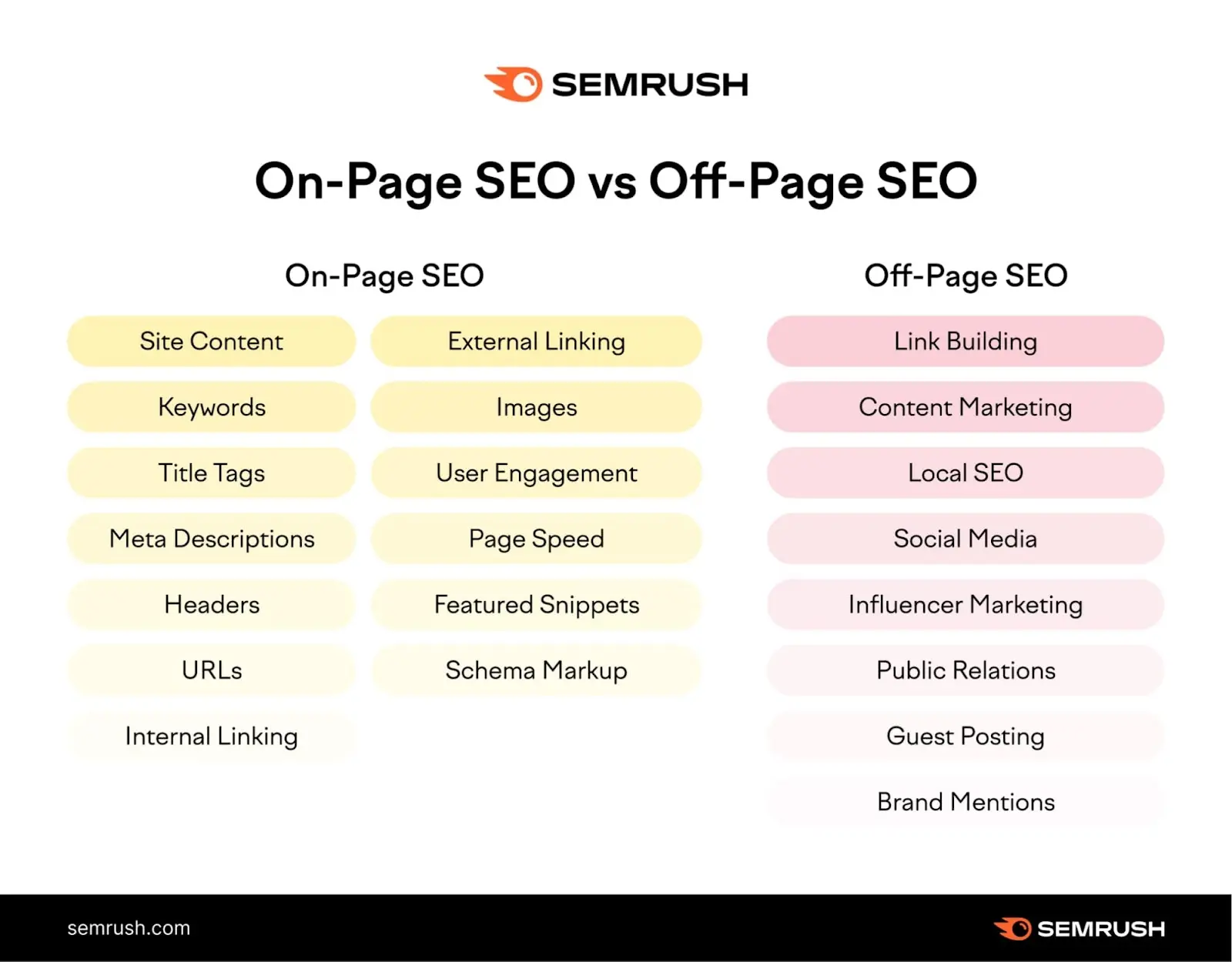
An effective toolset automates the crawling and analysis of your website, examining various elements such as technical configurations, on-page factors, content quality, and user experience issues. These tools generate detailed reports that highlight identified issues, often providing explanations and recommendations for how to address them, allowing you to swiftly pinpoint areas needing improvement.
The results from these tools are inherently data-driven, providing objective metrics that guide strategic improvements for better site performance, and informative dashboards help translate complex technical data into actionable insights that can be easily understood and utilized by various stakeholders.
In today’s market, many tools are available that allow SMEs as well as large organizations to conduct audits internally without the need to hire external agencies.
Semrush SEO Toolkit
Semrush offers a powerful and comprehensive suite of tools within its SEO Toolkit, designed to assist businesses in conducting in-depth website audits and improving their search engine performance.
The Site Audit feature within the toolkit is a cornerstone, allowing you to perform extensive technical SEO audits. It meticulously checks for over 130 technical and SEO errors, highlighting issues such as crawlability problems, broken internal and external links, duplicate content, missing meta tags, and site structure inefficiencies. This capability is crucial for identifying the technical foundations that might be hindering your website’s visibility and user experience, helping you maintain top search engine positions.
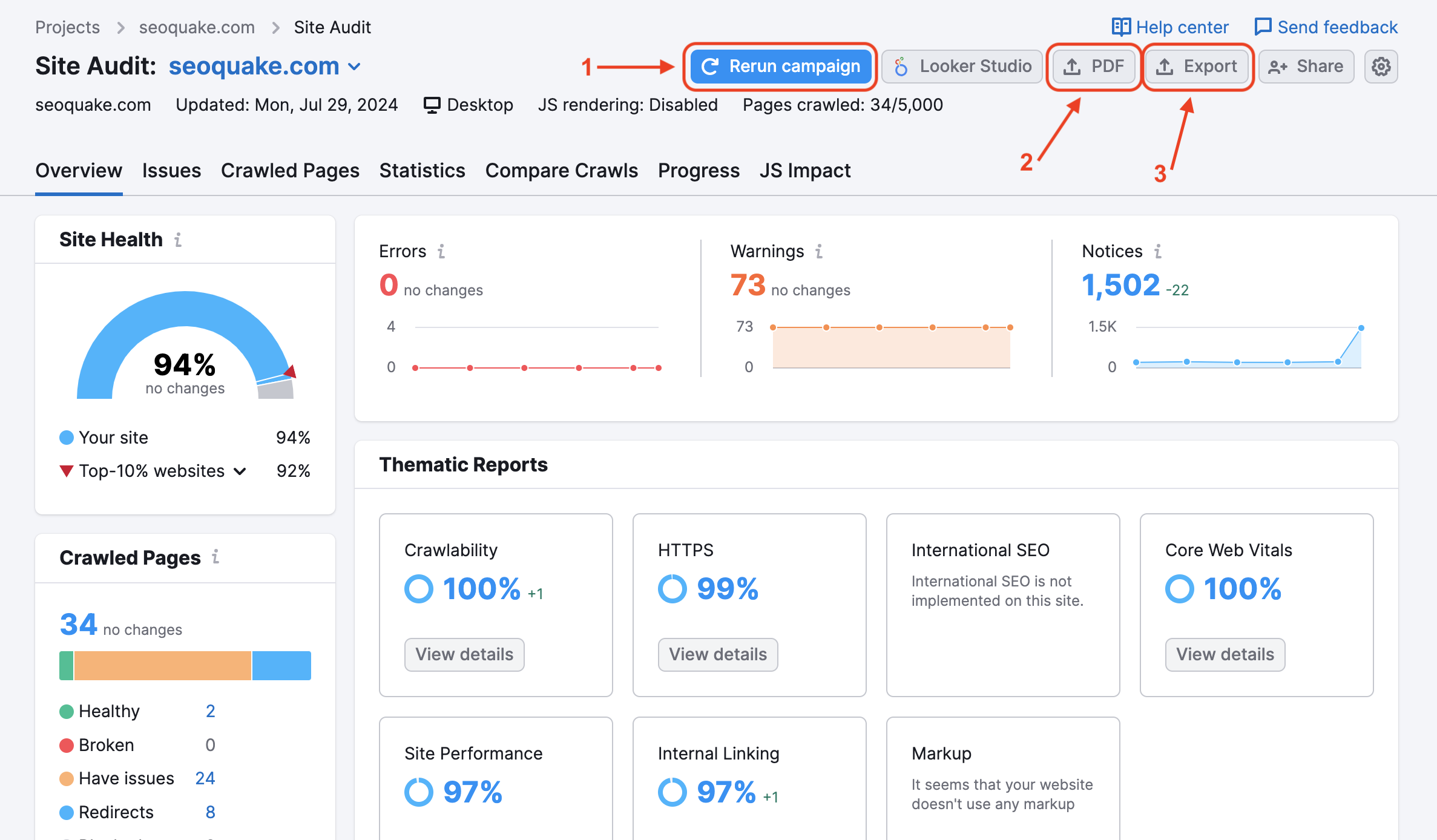
Beyond technical aspects, the Semrush SEO Toolkit also excels in on-page SEO analysis. It provides tools to evaluate the effectiveness of your keywords, analyze meta tags, assess content readability, and check for keyword cannibalization, enhancing your site’s relevance and appeal to both search engines and users.
Furthermore, the toolkit offers robust competitive analysis features, allowing you to track competitor strategies, benchmark your site’s performance against industry standards, and identify opportunities to gain a competitive edge.
The reporting features within the Semrush SEO Toolkit are designed to be clear, actionable, and easily digestible, offering prioritized recommendations to address identified issues and simplifying the process of implementing necessary improvements to optimize your website’s performance and visibility.
Semrush SEO Audit Activity
Step-by-Step Guide to Conducting Your Website Audit
Conducting a comprehensive website audit might seem like a complex undertaking, but approaching it with a structured, step-by-step process can simplify the task and ensure that no critical areas are overlooked. Following a systematic approach allows for a thorough review and effective implementation of necessary changes.
Preparing for the Audit
Effective preparation is the crucial first step towards a successful website audit. Following the various steps will ensure clarity, making for a useful experience.
Steps to Prepare for Your Team for the Website Audit
- Clearly define the specific goals of your audit: For example, are you primarily focusing on improving search engine optimization, enhancing user experience, bolstering website security, or a combination of all of these? Clarifying your objectives from the outset will help shape the scope and direction of your audit.
- Gather all the necessary data and tools you will need: Ensure your website analytics, such as Google Analytics, are properly set up and accessible, and have your chosen website audit software or tools ready for use.
- Create a realistic schedule and timeline for each phase of the audit: This is also essential; setting deadlines ensures that all aspects of the audit receive due attention and helps keep the process on track.
- Involve key stakeholders from different departments: These departments should include marketing, IT, and content creation. Their input and insights are invaluable for a holistic understanding of the website’s performance. It’s also important to ensure buy-in for implementing changes, making the audit a collaborative and useful effort.
Executing the Audit: A Systematic Approach
A systematic approach is vital when executing the website audit to ensure thoroughness and cover all critical areas without missing any potential issues. Key issues to manage include:
- Technical Health: Assessing your website’s technical health. This includes checking site speed on both desktop and mobile devices, verifying mobile compatibility and responsiveness across different screen sizes, and evaluating the site’s security measures and SSL certificate status.
- On-page SEO: Evaluate meta titles, meta descriptions, header tags (H1, H2, etc.), and the strategic placement and relevance of keywords within your content; ensure each page is optimized to target specific search queries effectively.
- Backlink profile: Assess the quality and relevance of incoming links and identify any potentially harmful or spammy links that could negatively affect your search rankings.
- User experience: Reevaluate the site’s navigation structure, overall layout, visual appeal, and ease of use; a pleasant and intuitive user experience encourages longer site visits and lower bounce rates. Assess website content thoroughly, looking for opportunities to update outdated information, improve the quality and depth of existing content, and identify and address any instances of duplicate content that could harm your SEO.
- Site performance: Use tools to track loading times, identify bottlenecks, and monitor server response times, as faster sites provide a better user experience and are favored by search engines. Examine the site’s conversion paths, assessing the effectiveness of calls-to-action (CTAs), forms, landing pages, and checkout processes; optimize these elements to improve conversion rates and achieve business goals.
- Accessibility issues: Ensure your site meets relevant accessibility standards and is usable by individuals with disabilities, broadening your audience base and demonstrating inclusivity.
- Website analytics data: to gain insights into user behavior, traffic sources, popular pages, and conversion funnels, using this data to inform necessary adjustments and improvements.
Analyzing Audit Results and Implementing Changes
Once the website audit execution is complete, next steps should include analysis of the results and a strategic plan for implementing the necessary changes.
Develop a detailed action plan which should include
- An outline of the necessary changes
- Assignment of tasks to specific individuals or teams
- Realistic deadlines for completion
- Planned changes that align with your overall business and digital marketing goals
Communicate the audit outcomes and the proposed action plan to relevant stakeholders across the organization; sharing the insights gained fosters transparency, encourages collective buy-in, and ensures everyone is aligned on the priorities and steps forward. Implement the identified improvements, testing changes in stages or on a staging environment before deploying them to the live site to gauge their impact and minimize any potential negative repercussions.
Ensure that an effective workflow process is in place prior to beginning your audit.
Continuously monitor the effects of the changes you implement, tracking key performance metrics such as traffic, bounce rate, conversion rates, and search rankings closely; immediate feedback helps refine your strategies and ensures the changes are having the desired positive impact.
Schedule regular follow-up audits to ensure ongoing optimization and maintenance; the digital landscape is constantly evolving, so consistent attention is needed to maintain long-term website health and performance.
Leverage the analysis from the audit to refine broader business strategies, as insights into online performance can inform decisions related to marketing, product development, and customer service.
Explore avenues for automating certain maintenance tasks or monitoring processes where possible, as this can streamline future efforts and improve efficiency. Finally, maintain detailed documentation of all audit findings, the implemented actions, and the results observed; a comprehensive record is invaluable for future reference, helps track progress over time, and informs subsequent audits, further enhancing efficiency and effectiveness.

Common Issues Uncovered During Website Audits
Website audits are invaluable for uncovering a wide range of issues that can negatively impact a site’s performance, security, and user experience, often before they become major problems. Identifying these common pitfalls is a key benefit of regular audits.
Security Vulnerabilities
Security vulnerabilities are a major concern for any website owner, as they can expose sensitive data, disrupt operations, and damage reputation. An audit can reveal hidden dangers such as outdated software versions (plugins, themes, CMS), weak passwords, insecure forms, or lack of an SSL certificate. Identifying and addressing these vulnerabilities proactively is crucial for protecting against potential breaches and maintaining user trust.
Performance Bottlenecks
Performance bottlenecks can significantly slow down your website, leading to frustrated users and higher bounce rates. Audits often identify issues like large image files that need optimization, unminified CSS or JavaScript files, excessive HTTP requests, slow server response times, or inefficient code that is hindering page load speed. Addressing these bottlenecks is essential for providing a fast and engaging user experience.
A one-second delay in page response can result in a 7% reduction in conversions. For an eCommerce site making $100,000 per day, that’s roughly $2.5 million in lost sales per year.
SEO and Content Gaps
SEO and content gaps hinder your website’s visibility in search results and its ability to engage your target audience effectively. Audits can pinpoint weaknesses such as a lack of targeted keywords on important pages, missing or poorly optimized meta titles and descriptions, thin or low-quality content, a lack of relevant internal linking, or content that doesn’t align with user search intent. Identifying these gaps allows you to optimize existing content and create new content that attracts relevant traffic.
Broken Links
Broken links, both internal and external, create a poor user experience and can negatively impact your site’s SEO by hindering crawlability and passing link equity. Audits are effective at identifying these broken links (which result in 404 errors), allowing you to fix them by updating the link, redirecting the page, or removing the link entirely, ensuring smooth navigation for users and search engine bots.
Outdated Technology
Using outdated website technology, including old versions of content management systems, themes, plugins, or programming languages, can create security risks and compatibility issues and may prevent you from utilizing the latest features and performance enhancements. Audits can identify these outdated components, highlighting the need for updates or migrations to ensure better security, compatibility, and overall site performance.
User Experience Flaws
User experience (UX) flaws significantly impact how visitors interact with your site and can lead to frustration and early departures. Audits can uncover issues such as confusing navigation menus, cluttered layouts, non-responsive design on mobile devices, difficult-to-use forms, pop-ups that are hard to close, or unclear calls-to-action. Addressing these UX flaws is crucial for creating a positive and engaging experience that encourages visitors to stay and convert.
Fewer than 5% of websites can maintain first-page rankings for a whole year.
Accessibility Issues
Accessibility issues prevent individuals with disabilities from accessing and using your website effectively. Audits can identify non-compliance with accessibility standards (like WCAG), highlighting problems such as missing alt text for images, poor color contrast, lack of keyboard navigation support, inaccessible forms, or videos without captions. Ensuring your site is accessible is vital for inclusivity and can also improve overall usability for all users.
Problematic Backlinks
While backlinks are important for SEO, problematic or spammy backlinks from low-quality or irrelevant websites can actually harm your search rankings and reputation. Backlink analysis as part of an audit can uncover these harmful links, allowing you to disavow them through Google Search Console and protect your site’s authority.
Duplicate Content
Duplicate content, whether identical or near-identical content appearing on multiple pages within your site or across different websites, can confuse search engines and dilute your SEO efforts. Audits can identify instances of duplicate content, allowing you to consolidate, rewrite, or use canonical tags to ensure that search engines understand the authoritative version and that your content is unique and valuable.
Mobile-Friendliness Issues
Close to 96% of the world’s internet users use a mobile device to go online at least some of the time. With a significant portion of web traffic coming from mobile devices, mobile-friendliness is no longer optional. Audits assess how well your site performs and displays on various mobile devices and screen sizes, identifying issues like non-responsive design, small text, crowded clickable elements, or slow mobile load times that can deter a large number of users.
Analytics Integration Problems
Issues with analytics integration can prevent you from accurately tracking website performance, user behavior, and conversion data. Audits can check if analytics tracking codes are correctly installed and firing, ensuring that you are collecting reliable data to inform your decisions and measure the impact of your optimization efforts.
Schema Markup Problems
Schema markup helps search engines understand the content and context of your web pages, which can lead to rich results in search listings. Audits can identify errors or omissions in your schema markup implementation, ensuring that search engines can correctly interpret your data and potentially enhance your visibility in search results.
Conversion Path Issues
Conversion path issues make it difficult for users to complete desired actions on your website, such as making a purchase, filling out a form, or signing up for a newsletter. Audits can analyze the steps users take towards conversion, identifying bottlenecks, confusing elements, or technical errors in forms, checkout processes, or calls-to-action that are hindering your conversion rates.
The Strategic Value of Website Audits
Beyond identifying and fixing technical issues, website audits hold significant strategic value for businesses operating in the digital age. They provide crucial insights that can inform and shape broader business strategies, ensuring the online presence effectively supports overarching organizational goals.
Role in Global Business Strategy
Website audits are critical in shaping and executing global business strategies. They provide invaluable insights into the effectiveness of a company’s digital presence across different regions and markets.
Understanding this role empowers businesses to make informed decisions and stay competitive on an international scale. Audits reveal how a website supports global business objectives, highlighting areas of strength that can be leveraged and weaknesses that need to be addressed to ensure alignment with strategic planning.
Global businesses face diverse market challenges, including linguistic, cultural, and technical variations; regular audits help navigate these complexities by offering a clear view of digital performance in specific regions and identifying localization needs.
Websites serve different purposes depending on the organizational structure. Ensuring company websites are well structured and functional is essential to remain competitive. Some suggested frameworks for site structure include

Solopreneurs Consultants
For solopreneur consultants websites, focus on building trust and showcasing expertise with a clean, professional design, clear calls to action, and client testimonials
B2B Distribution
For B2B distribution websites, prioritize efficiency and clarity with easy navigation, product catalogs, spec sheets, and contact information. Highlight fast shipping, bulk discounts, and industry certifications.
Global E-commerce
For global e-commerce websites, ensure user-friendliness and accessibility with multi-language support, currency options, clear shipping information, and mobile-friendliness
Competitiveness and Customer Experience
Adapting to new technologies and digital trends is crucial for global competitiveness, and audits identify outdated components or areas where new technologies could be implemented to improve performance and user experience internationally. In emerging markets, digital strategies are paramount for reaching customers. As such, audits help tailor approaches to unique regional demands and infrastructure limitations, driving growth in new territories.
Effective website audits also significantly enhance the customer experience globally by addressing navigation, accessibility, and content relevance issues specific to different user groups and locations; a positive and localized user experience fosters customer loyalty and strengthens brand perception worldwide.
Overall, the strategic value of website audits cannot be overstated; they are foundational to building and maintaining a robust and effective global business strategy in an increasingly interconnected world.
The Continuous Value of Regular Website Audits
Regular website audits are not a one-time task but a pivotal and ongoing process for any business operating digitally. They serve as a vital mechanism to ensure that a website operates optimally, remains secure, and effectively contributes to achieving overarching business objectives. By consistently conducting audits, businesses can proactively identify and address technical issues that impede performance, such as slow loading times or broken functionalities, thereby significantly enhancing the user experience and ensuring seamless interactions for visitors. Furthermore, regular audits are indispensable for ensuring that the website aligns with the latest search engine optimization best practices. This continuous alignment is crucial for maintaining visibility online, attracting organic traffic, and staying competitive in search results.
Audits also play a critical role in bolstering website security; by regularly detecting and mitigating vulnerabilities, businesses can protect against potential cyber threats, safeguard sensitive user data, and preserve invaluable brand trust and credibility. Beyond technical and security aspects, audits reveal opportunities for strategic site improvements and help align the website with evolving business goals and market dynamics. Through continuous optimization based on audit findings, the website remains a powerful and competitive asset. As the digital landscape evolves and user expectations shift, regular audits provide the necessary insights to stay ahead of these changes, ensuring that the website not only meets but exceeds user needs and preferences.
Ultimately, website audits contribute significantly to strategic decision-making by providing data-driven insights that inform future digital strategies and position the business for long-term success and sustainable growth. The continuous value derived from regular website audits makes them a foundational element of a robust and forward-thinking digital strategy.


